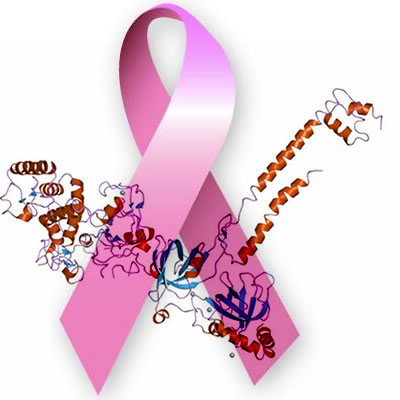
Breast cancers are frequently analyzed using MammaPrint, a test used to identify the key cancer-related genes in that particular cancer. This test can help patients and their physicians understand how dangerous their cancer might be, categorizing them by risk. Ultralow risk patients are those who have minimal chance of dying from the disease.
A twenty year study of Mammaprint's accuracy concluded in June of this year.1 15% (about one in 7) of the study participants were classified as ultralow risk. The study found that 97% of these ultralow risk patients survived the 20 year period.
These results imply that Mammaprint's ultralow risk result is accurate enough to predict long-term outcomes for these patients. The results mean that physicians can avoid using aggressive treatments such as radiation or lumpectomy if their patients have a very low chance of dying from the cancer.
- 1 Use of Molecular Tools to Identify Patients With Indolent Breast Cancers With Ultralow Risk Over 2 Decades. Laura J. Esserman, MD, MBA; Christina Yau, PhD; Carlie K. Thompson, MD; et al. http://jamanetwork.com/journals/jamaoncology/article-abstract/2634502
